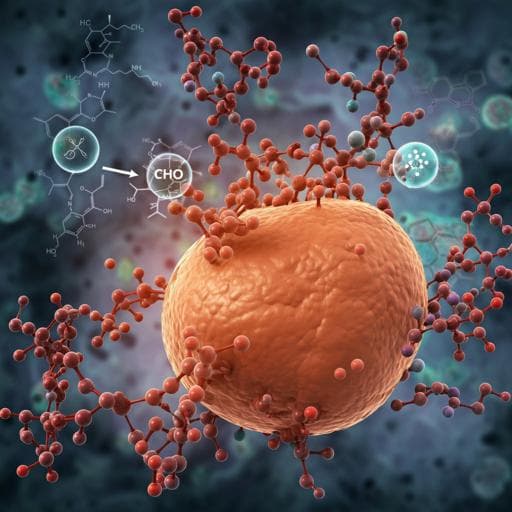
Agriculture
Different expression of lipid metabolism-related genes in Shandong black cattle and Luxi cattle based on transcriptome analysis
R. Liu, X. Liu, et al.
This groundbreaking study by Ruili Liu, Xianxun Liu, Xuejin Bai, Chaozhu Xiao, and Yajuan Dong uncovers crucial candidate genes linked to fat deposition in Shandong black cattle compared to Luxi cattle. Find out how their research delves into the molecular pathways that could revolutionize meat quality and breed development!
~3 min • Beginner • English
Related Publications
Explore these studies to deepen your understanding of the subject.







